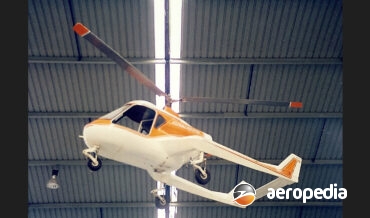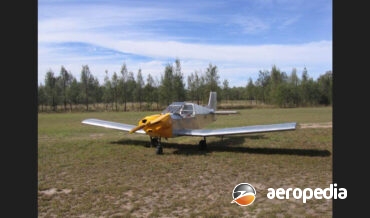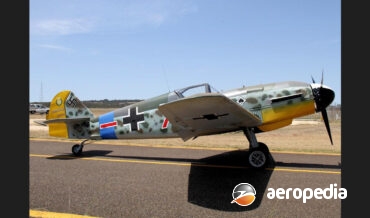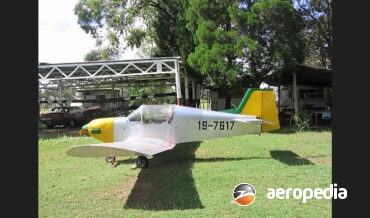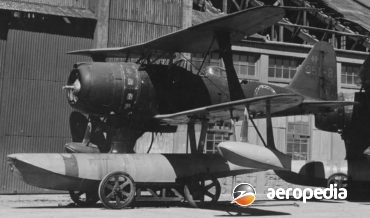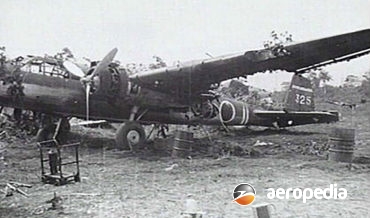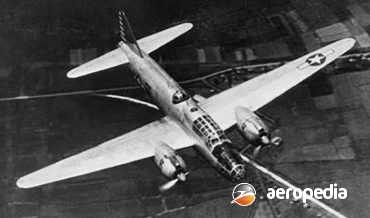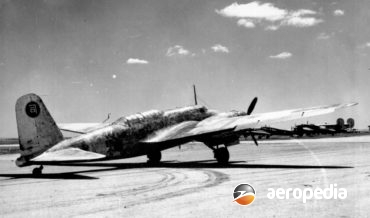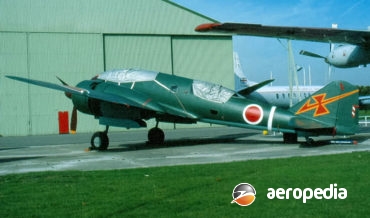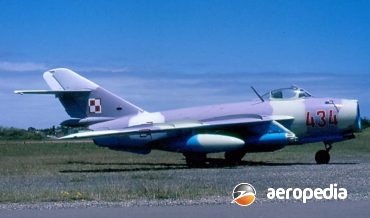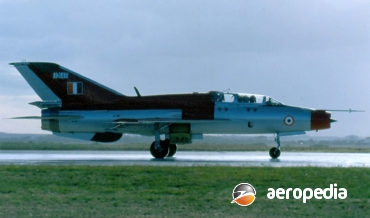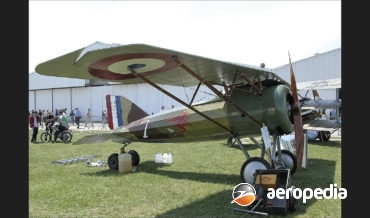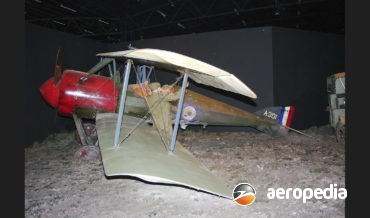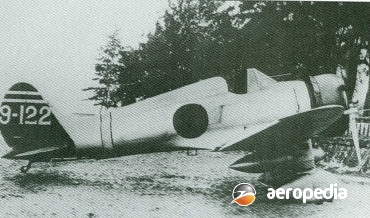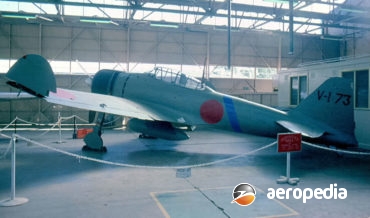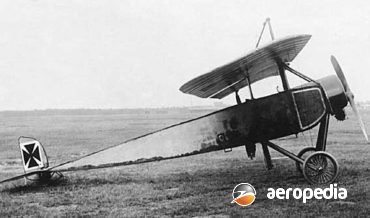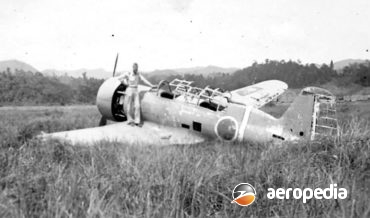All Contents
Contents
The Type N was designed and built by Aeroplanes Morane-Saulnier, Societe anonyme de Constructions Aeronautiques in Paris, the prototype being taken to a flying meeting held at Aspera in Vienna in late June 1914, the pilot being Roland Garros.
David C. Eyre
- June 28, 2020
Very little is known about this machine other than it was a single-seat gyrocopter of fibreglass construction with a three blade rotor and fitted with a tricycle undercarriage and twin booms carrying the tail.
David C. Eyre
- May 25, 2020
Mr Mac McKenzie is a gyrocopter enthusiast on the north island of New Zealand and in about 2007 commenced the construction of a 70 percent replica of the Cierva C.30 gyrocopter, examples of the original full-scale machine being flown in a number of countries around the world in the 1930s,
David C. Eyre
- May 25, 2020
Mr McKenzie, a New Zealander, designed and partially built a biplane along the lines of an early French Breguet, the latter having been placed on display at the Olympia Aero Show in London In March 1909.
David C. Eyre
- May 25, 2020
The Mayfly 3 was designed by Mr William Watley who had previously built in the 1940s a Mignet HM 290, which made two flights, and a Jodel D-9 which operated from Gatton in Queensland for some years.
David C. Eyre
- May 25, 2020
This was a light homebuilt aircraft designed and built by Sydney Gordon Gooding DFC. Mr Gooding was born at Clare, SA on 21 September 1915 and learned to fly at AFTS Narrandera on DH-82s.
David C. Eyre
- May 25, 2020
Little is known about this machine. The machine was designed and built in South Australia and comprised a metal fuselage and the framework of a cycle mounted thereon and a pylon above the cycle seat and a drive to the two-blade helicopter rotor and the two-blade tail rotor.
David C. Eyre
- May 25, 2020
The Maggie was a single-seat light sporting monoplane of all metal. It was a three axis machine and when completed by its builder / designer, an RAAF fitter, it was fitted with a Volkswagen Pobjoy cam engine with a twin Wegner ignition system.
David C. Eyre
- May 25, 2020
The Voodoo is an Australian designed two-seat light touring monoplane powered by a 119-kw (160-hp) Lycoming O-320 engine and with an empty weight of 494 kg (1,090 lb).
David C. Eyre
- May 25, 2020
M-Squared was founded in 1996 by Paul Mather to design and produce parts of existing ultralight aircraft.
David C. Eyre
- May 25, 2020
Mr A McMullen of Fremantle, WA built an aircraft named The Boomerang of his own design. On 12 January 1911 Joseph Hammond examined the machine and said it showed great promise, that it will maintain its poise or equilibrium automatically.
David C. Eyre
- May 25, 2020
In 1925 George Murray of Goulburn, NSW, a carpenter, commenced construction of a small aircraft powered by a twin-cylinder converted motor-cycle engine.
David C. Eyre
- May 25, 2020
Mr Howard Morris, a commercial pilot, in the late 1930s showed some interest in aviation and built a half-size non-flying replica of a Mignet Pou de Ciel (Flying Flea).
David C. Eyre
- May 25, 2020
Initially based in Sydney, Gary Morgan has been involved in the design of light aircraft for many years and this culminated in the design and production of the kit aircraft named the Cheetah, Cougar and Cheyenne.
David C. Eyre
- May 25, 2020
This aircraft was a one-off design by Douglas McIlwraith based in Biddaddaba, Qld who initially wished to build a replica of a Monocoupe and in the end built a biplane of his own design fitted with a six-cylinder Jabiru engine providing 89-kw (120-hp), this engine being fitted with liquid-cooled heads.
David C. Eyre
- May 25, 2020
The Mp3 was an Australian designed and built light single-seat light aircraft and was produced in the 1980s for the local market.
David C. Eyre
- May 25, 2020
The Minimoth was a light sporting biplane design for the sport pilot developed and marketed in the late 1970s. It was of wooden construction with fabric covering.
David C. Eyre
- May 25, 2020
This is a company which designs and builds to military grade powered paragliding trikes for military use, border security and law enforcement applications.
David C. Eyre
- May 25, 2020
Over the years a small number of scale replicas, usually 75%, of the Bf 109 have been privately built from scratch in Australia.
David C. Eyre
- May 25, 2020
Ronald Mellow, a resident of Queensland, in the 21st Century has designed and built two light aircraft. The second [registration 19-7817] was of all metal construction and was a low-wing monoplane with an enclosed cockpit and fitted with a single-ignition Volkswagen conversion [1835-cc].
David C. Eyre
- May 25, 2020
The Firstar is a two-seat, low-wing monoplane with a tailwheel undercarriage built in the amateur built category.
David C. Eyre
- May 25, 2020
The P-51B is a two-thirds scale replica of the North American P-51B World War II fighter and is of all-metal construction and designed and built in Australia.
David C. Eyre
- May 25, 2020
In the 1930s, as part of its interest in the Pacific region, Japan saw the need for floatplanes to operate from sheltered waters of the south Pacific islands in its future campaigns.
David C. Eyre
- May 19, 2019
Designed by Sueo Honjo, and produced by Mitsubishi Jukogyo K K, the prototype G3M “Nell” powered by two 448 kw (600-hp) Hiro Type 91 liquid-cooled engines was flown in April 1935 and attained a maximum speed of 314 km/h (195 mph).
David C. Eyre
- May 19, 2019
The G4M1 type 1 Land Attack Aircraft Model 11 was encountered in the Pacific campaign by the allies in some numbers and is the most well known Japanese bomber.
David C. Eyre
- May 19, 2019
Known as the Schwalbe (Swallow), or Sturmvogel (storm petrel) the Me 262 was unquestionably the foremost fighter of its day, with a heavy armament, and a performance far superior to any aircraft available to the Allies during the latter stages of World War II.
David C. Eyre
- May 19, 2019
In 1936 the Japanese Air Headquarters issued a specification for a twin-engined monoplane heavy bomber and, to meet this requirement, a number of aircraft designs were proposed by Japanese manufacturers.
David C. Eyre
- May 19, 2019
The name MiG is made up of the last two names of the two men who for many years headed the design bureau of that name, Artem Ivanovich Mikoyan and Mikhail Iosifovich Gurevich.
David C. Eyre
- May 19, 2019
One of the most attractive aircraft to be operated during World War II, the Mitsubishi type 100 Command Reconnaissance Aircraft, or Ki-46, was designed by Tomio Kubo from the outset specifically for the strategic reconnaissance role and saw service throughout the Pacific, particularly over Malaya, the Dutch East Indies, New
David C. Eyre
- May 19, 2019
The MiG 17 was a total redesign of the MiG 15, some 6,000 being built in the Soviet Union, and large numbers were built under licence in Poland (as the Lim 5), China (as the J-5, J-5A and JJ-5), and Czechoslovakia.
David C. Eyre
- May 19, 2019
In December 1937 a specification was issued for a ground attack aircraft to be developed from the successful Ki-30 “Ann” light bomber and, designated Ki-51, and known to the allies as “Sonia”, the first or two prototypes was completed in June 1939, the second in August 1939.
David C. Eyre
- May 19, 2019
With more than 10,000 examples built, having served with more than 40 air forces world-wide, having been licence built in India, China, Poland and Czechoslovakia, the MiG 21 series (known by the NATO name Fishbed) has been one of the most widely used jet fighter aircraft of all time, and
David C. Eyre
- May 19, 2019
In 1917 Morane-Saulnier designed two fighter aircraft using the fuselage that had been built for the Type AC and which had the Gnome Monosoupape rotary engine.
David C. Eyre
- May 19, 2019
The Hind was a second-generation Soviet helicopter gunship which originally emerged as an heavily armed armoured transport capable of carrying a crew of four and eight assault troops.
David C. Eyre
- May 19, 2019
The Model BB was one of a number of fighter designs produced in France during World War I by Societe Anonyme de Aeroplanes Morane-Saulnier.
David C. Eyre
- May 19, 2019
The Mitsubishi A5M Type 96 Carrier Fighter began its operational career in September 1937 when aircraft of the Imperial Navy engaged aircraft of the Chinese Nationalist Government over the capital, Nanking.
David C. Eyre
- May 19, 2019
The Societe anonyme des Aeroplanes Morane-Borel-Saulnier was founded in 1911 and commenced the construction of aircraft, one of the first, the Morane-Borel monoplane, making a flight from Paris to Madrid from 21 to 26 May that year.
David C. Eyre
- May 19, 2019
In its day the Zero was the foremost carrier-based fighter aircraft, and early in World War II was the subject off a myth of invincibility in the air.
David C. Eyre
- May 19, 2019
The Type L was a parasol wing single or two-seat parasol wing fighter designed in 1914 for surveillance and artillery observation, being built by Morane Saulnier with a single machine gun firing through the arc of the propeller, which was protected by armoured deflector wedges.
David C. Eyre
- May 19, 2019
The Ki-15 /C5M series of light attack bombers stemmed from a private venture of the Mitsubishi Jukogyo concern in the 1930s to produce a modern stressed-skin construction long-range monoplane.
David C. Eyre
- May 19, 2019
Recent Comments
Archives
Categories
- No categories
Categories
- No categories
Latest Posts
Newsletter


